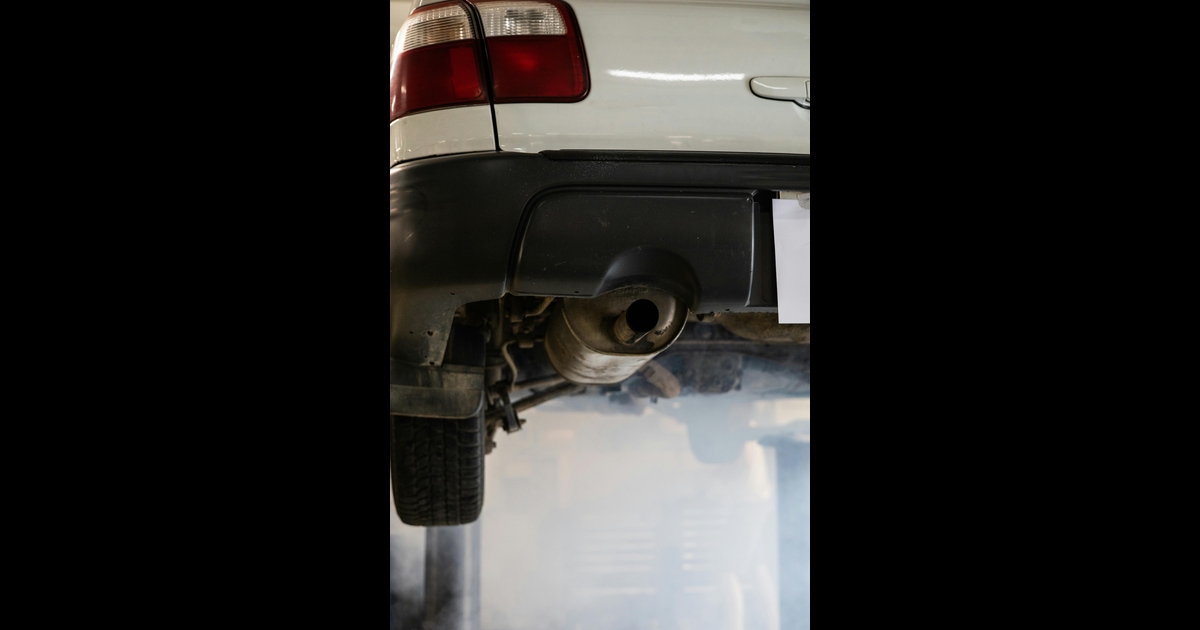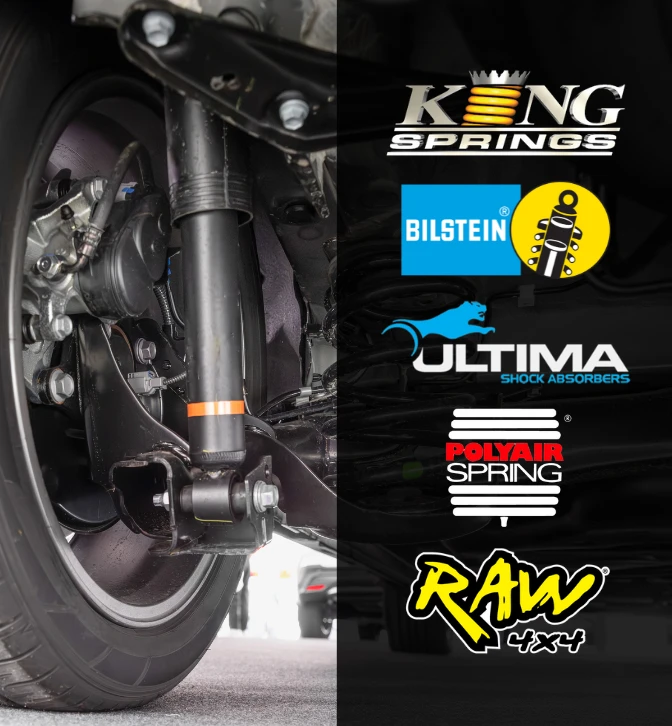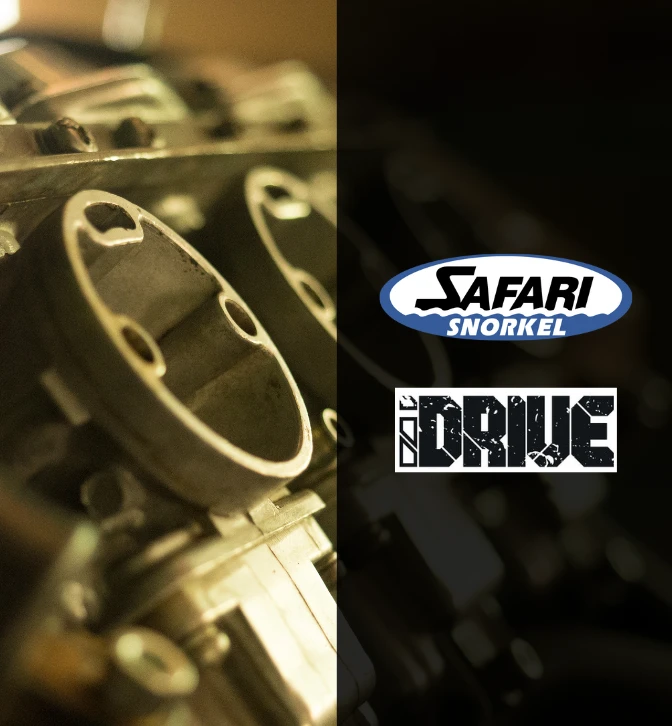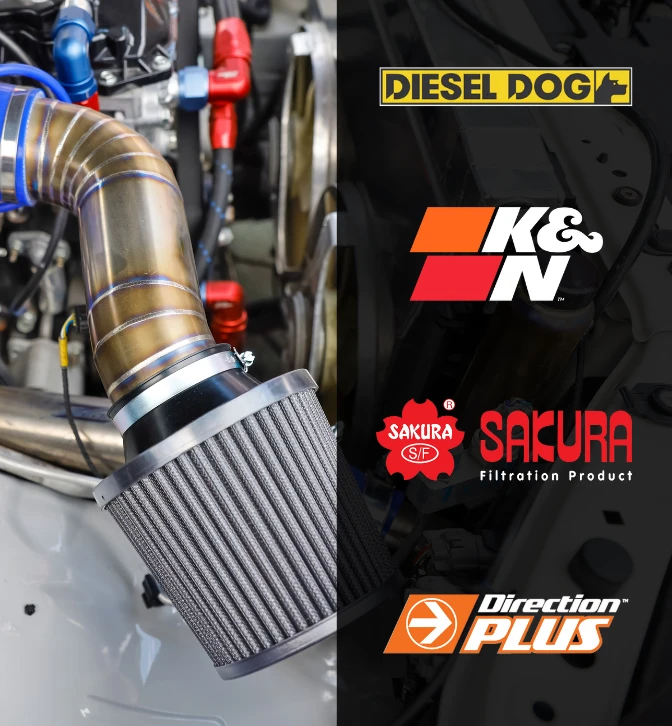-
Exhaust
- Back
- Exhaust
- Performance Exhaust Systems
- Standard Replacement Exhaust Systems
-
Exhaust Accessories
- Exhaust Bolts, Nuts & Studs
- Clamps
- Collectors
- Exhaust Reducers & Couplers
- Exhaust Tips
- Flange Plates
- Exhaust Flex Bellows
- Exhaust Brackets & Hanger Rods
- Gaskets
- Heat Tape
- Mandrel Bends
- O2 Sensors & Exhaust Temperature Sensor Accessories
- Paint
- Muffler & Exhaust Mounting Brackets
- Tube
- X & Y Pipes
- All Exhaust Accessories Products
- Catalytic Converters
- DPF Filters
- Exhaust Extractors / Headers
- Universal Mufflers & Hotdog Mufflers
- All Exhaust Products
![Exhaust]()
- Suspension
- Performance
- Towing
- Filters
- Truck
- On Sale
- About Us
- Blog
- Contact Us
How Long Does a Catalytic Converter Last & When to Replace It?
Date Posted: 23 April 2025

It’s not the flashiest part of your car, and you probably don’t think about it much - until something goes wrong. But your catalytic converter plays a crucial role in keeping your vehicle running clean and smooth. Naturally, one question comes up sooner or later: how long does a catalytic converter last?
The answer isn’t as simple as a set number of years or kilometres. There are a few twists, some red flags to watch out for, and a couple of key decisions to make if your converter starts acting up. So let’s break it down and help you figure out what to expect and what to do if your catalytic converter is on its way out.
The Role of a Cat Converter
To understand when a catalytic converter needs your attention, it’s helpful to know its purpose. So, how does a catalytic converter work? Simply put, it’s a critical emissions control device that reduces harmful pollutants in your vehicle’s exhaust before they reach the environment.
It uses precious metals (typically, platinum, palladium, and rhodium) to trigger chemical reactions that convert toxic gases into less harmful substances. As exhaust passes through the converter, carbon monoxide is transformed into carbon dioxide, unburned hydrocarbons are changed into water and carbon dioxide, and nitrogen oxides are broken down into nitrogen and oxygen.
This process significantly reduces your car’s environmental impact and helps it comply with emission standards. Most vehicles today, and especially petrol-powered ones, use a three-way catalytic converter, which performs all three of the above conversions in one unit. Diesel engines may use two-way converters or separate systems for NOx reduction and particulate filtering.
With that basic understanding, let’s get to our topic at hand - how long does a catalytic converter last?
What Is the Average Lifespan of a Cat Converter?
The question of how long a catalytic converter lasts doesn’t have a one-size-fits-all answer. Its lifespan depends on a range of factors, including the make and model of your vehicle, your driving habits, the type of fuel you use, and how well the engine is maintained.
Because the catalytic converter is closely tied to your engine’s combustion efficiency, issues like misfiring, oil or coolant leaks, or a poorly tuned engine can shorten its life considerably, but we’ll deal with that in more detail later.
That being said, as a rule of thumb, a good cat converter can last anywhere from 100,000 to 160,000 kilometres and sometimes even longer. In fact, it’s not uncommon for a well-maintained vehicle to go well beyond 200,000 kilometres with the original converter still in working order. Modern converters are built to be durable, and, under normal operating conditions, they can easily last the life of the vehicle.
Time-wise, a typical cat converter lasts 7 - 10 years, but a well-maintained one can easily last longer. It’s also important to understand that a catalytic converter doesn’t automatically need to be replaced once it reaches a certain age or number of kilometres. It should only be replaced if it starts to malfunction - typically showing signs of clogging, reduced performance, or failing emissions tests.
You can replace yours preemptively, but in most cases, that’s unnecessary and costly. Ultimately, keeping your engine in good shape is the best way to maximise your converter’s lifespan, so let’s focus a bit on that.
What Can Shorten and Extend Your Cat Converter’s Lifespan?

Since the converter relies on clean, efficient combustion to function properly, anything that disrupts the combustion process can take a toll on it. So, how long your catalytic converter lasts isn’t just a matter of chance - it’s heavily influenced by how well your engine runs and how you maintain your vehicle.
One of the biggest threats is engine misfiring. Misfires can allow unburned fuel to enter the exhaust system, which can overheat and damage the catalytic converter’s internal components. Oil or coolant leaks into the combustion chamber are also a serious concern. If either finds its way into the exhaust stream, it can contaminate the catalyst material, leading to clogging or reduced efficiency.
Poor maintenance is another factor. Driving with a dirty air filter, worn spark plugs, or malfunctioning sensors (like oxygen sensors) can all cause the engine to run too rich (meaning more fuel and less oxygen), which is bad news for your converter. Over time, the excess fuel causes carbon buildup that can choke the system.
On the flip side, good habits can help your converter last longer. Using high-quality fuel, keeping up with scheduled maintenance, and fixing engine issues promptly all help reduce wear. Driving longer distances rather than frequent short trips can also help, as the catalytic converter needs to reach operating temperature to work properly - something that doesn’t always happen on a quick trip to the shops.
Still, even with proper care, things can go wrong. If your catalytic converter is on its way out, your car will let you know; you just need to understand the signs.
Signs That Your Cat Converter Is Not Working Properly
A failing or clogged catalytic converter can impact your vehicle’s performance in multiple ways, so recognising the signs early can save you from more serious (and costly) issues down the road. If your engine’s running fine but you’re still noticing something off, it might be time to try to diagnose a clogged catalytic converter. Here are the most common signs:
- Reduced engine performance - One of the first signs is sluggish acceleration or a noticeable drop in engine power, especially when going uphill or trying to overtake. A clogged converter restricts exhaust flow, which can choke the engine and make your car feel like it’s working harder than usual;
- Poor fuel economy - If your fuel consumption has gone up without any changes in your driving habits, your catalytic converter might not be allowing exhaust gases to exit efficiently. The engine ends up burning more fuel to compensate;
- A rotten egg smell - A faulty catalytic converter can cause a sulphuric or rotten egg odour from your exhaust. This is due to the build-up of hydrogen sulphide, which the converter is normally supposed to neutralise;
- Check engine light is on - While this could point to many issues, a clogged or malfunctioning catalytic converter is a common cause. Modern vehicles have oxygen sensors that detect when the converter isn’t doing its job properly;
- Rattling noises under the car - If the internal ceramic honeycomb structure has broken down, you might hear a rattling noise from underneath the car, especially during startup or acceleration;
- Failed emissions test - If your vehicle fails an emissions test, there's a good chance the catalytic converter isn't doing its job. This is a clear sign it may need to be cleaned or replaced.
If you’ve done these checks and found out that your cat converter is clogged, you have two solutions.
Cleaning or Replacing the Cat
If you’ve confirmed that your catalytic converter is not working properly, you generally have two options: clean it or replace it.
Cleaning can be a viable solution if the clog isn’t too severe. In some cases, a professional mechanic can perform a chemical clean or remove and flush the converter. There are also fuel additives on the market that claim to clean the cat, but their effectiveness varies. Cleaning is only a short-term fix and won’t work if the converter is physically damaged or heavily contaminated with oil, coolant, or carbon buildup.
Replacing the catalytic converter is the only real option if it’s damaged, melted, or beyond repair. While it’s pricier, it ensures your vehicle runs efficiently, passes emissions, and avoids further engine issues. It’s especially necessary if the converter is causing backpressure that affects your engine’s performance.
However, before replacing, always make sure the underlying issue (like a misfiring engine or leaky gasket) is fixed. Otherwise, the new converter may suffer the same fate. If you do decide to install a new one, where can you get a new catalytic converter?
The Best Place to Buy Aftermarket Cat Converters
If it turns out your catalytic converter needs replacing, don’t just settle for any part. You want something that’s built to last, fits your vehicle properly, and meets emission standards - without breaking the bank. At Perform-Ex Auto, we supply premier yet affordable aftermarket exhaust parts, including high-quality catalytic converters designed for Australian vehicles and road conditions.
Whether you're looking for a direct-fit replacement or a high-flow converter for better performance, we’ve got options to suit a wide range of makes and models, and you can order everything online! If you’re not sure which one is right for your car, get in touch with us! Whether you’ve got questions about diagnosing your current setup or you just want help choosing the right converter, our team is here to help.
Contact us today for expert advice and quality parts that deliver lasting value.
Leave a comment







